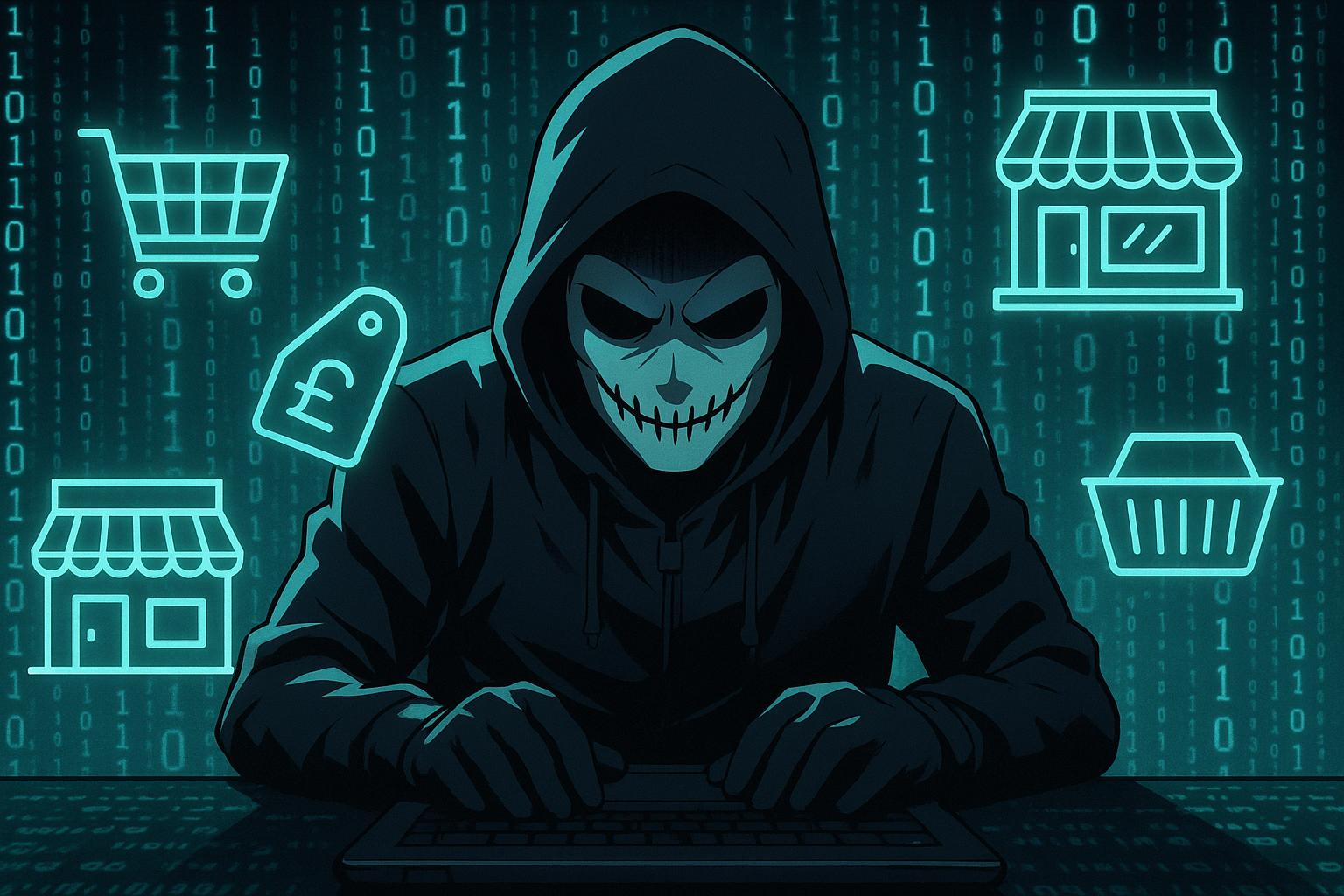The recent cyberattacks targeting Marks & Spencer (M&S) and Co-op supermarkets have sent shockwaves through the UK retail sector, exposing vulnerabilities that industry leaders can no longer ignore. Allegedly linked to the infamous DragonForce hacking group, these attacks have resulted in significant operational disruptions and a substantial loss of consumer trust.
According to reports, hackers communicated via Telegram, expressing their frustration with the Co-op's refusal to acquiesce to ransom demands. They claimed to have stolen vast amounts of sensitive customer and employee data, threatening to release this information should their financial demands not be met. Their audacious messages even likened themselves to characters from the US television series "The Blacklist," reinforcing their aim for notoriety and infamy within the cybercriminal landscape.
The cyber intrusions have had grave implications for both retailers. M&S, a stalwart of the British High Street, faced a £600 million drop in market value due to a combination of operational disruptions and the breach's fallout, including empty shelves that visibly reflected the chaos. Notably, the hackers reportedly infiltrated M&S systems as far back as February, exploiting a major vulnerability to maintain relentless access until the attack was finally detected. This suspension of operations culminated in a disaster for customers who were unable to place online orders during a critical retail period.
Crisis management teams scrambled to contain the fallout once the extent of the attack became evident. While M&S remains inhabited by the ghosts of this attack, Co-op was able to implement swift measures to mitigate damage. Leadership's decision to "pull the plug" on systems once they suspected wrongdoing likely prevented further catastrophes. Initially, Co-op had downplayed the extent of the breach, asserting that the attack had minimal impact. However, confirmation emerged that significant amounts of customer data were compromised.
Industry experts have pointed out that the encroaching threat posed by ransomware groups, including DragonForce and their alleged affiliates, underscores a growing trend of increasingly sophisticated cybercrime. Such incidents have renewed discussions about the vulnerability of large retailers, particularly those still operating with outdated IT systems—a fact that has made them prime targets for cybercriminals. With customer data becoming an attractive asset for ransom, retailers are urged to officiate robust cybersecurity measures as a means of deterrence.
The National Cyber Security Centre (NCSC) responded to the crisis with a clarion call for enhanced cybersecurity protocols across the retail sector. Their advisory highlighted the importance of vigilance and preparedness among companies in the wake of attacks of this scale. As the extent of these events unveils itself, major retailers—including Tesco, which previously reported ongoing preparations against cyber threats—find themselves on alert, understanding the potential ramifications of a single misstep.
In the aftermath of the attacks, the backlash has extended beyond immediate operational failures. Insurers are now revisiting their cyber insurance policies. Following this spate of attacks, premiums for coverage have increased significantly, with warnings that the retail sector could soon become untenable for some underwriters. The monetary losses incurred by M&S alone may run into tens of millions as it claims damages for business interruptions caused by the attacks.
As the retail landscape emerges from the shadows of these significant breaches, one thing remains clear: the lessons learned will necessitate a paradigm shift in how cybersecurity is addressed, prioritised, and implemented within this fiercely competitive sector. Without an enhanced commitment to internal security measures, retailers may find themselves caught in an ever-spiralling cycle of breaches and corporate chaos.
Reference Map
- Paragraphs 1, 2, 3, 4, 5, 6, 7, 8
- Paragraphs 5, 6, 7, 8
- Paragraphs 1, 3, 4, 6, 7
- Paragraphs 1, 2, 4, 6, 8
- Paragraphs 1, 2, 3, 5, 7
- Paragraphs 1, 3, 5, 8
- Paragraphs 2, 6, 7, 8
Source: Noah Wire Services
